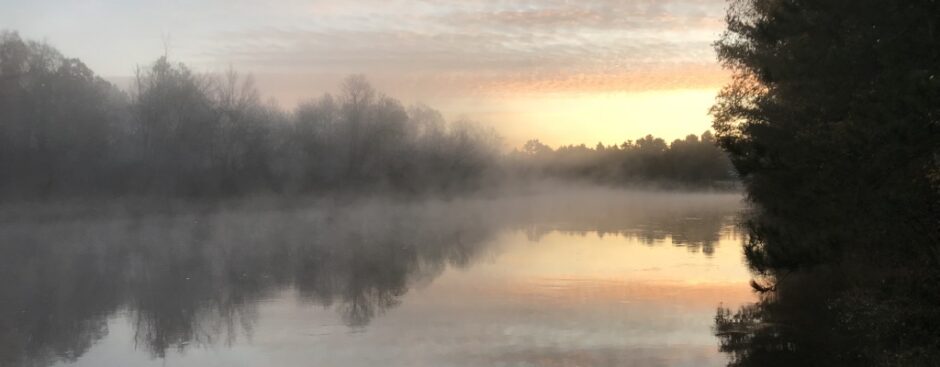My novel, Suomalaiset: People of the Marsh (see “Books” page for ordering information) takes the mystery of Finnish immigrant Olli Kinkkonen’s disappearance and lynching and builds a broader story of immigration, love, the Great War, the Influenza Outbreak of 1918 and the Great Cloquet Fire to reflect the times that claimed Kinkkonen’s life. Hailed as one of the best historical novels about Duluth and the Lake Superior region ever written, the book is a product of happenstance. While researching the 1920 lynching of three black men in Duluth, I stumbled across Kinkkonen’s story on the Minnesota Public Radio website. Intrigued that I’d never heard anyone mention the unsolved disappearance and death of Mr. Kinkkonen, I began researching the man, the times, and the crime. After two years of researching and writing, the book was released to great acclaim. As a featured speaker at many Finnish festivals, I’m proud to have captured the imaginations of many Finns and non-Finns with the story.
There is little known about Mr. Kinkkonen. It’s believed he immigrated to the United States in the early 1900s, worked as a logger and laborer on Duluth’s docks, and was a vocal opponent to compulsory military service during WWI, which drew the attention of some folks who abducted and likely murdered him for his “unAmerican views” in September of 1918. He was taken by force from a boarding house in Duluth and vanished. Three weeks later his body was found hanging from a birch tree in a remote area of Lester Park in Duluth. His death was ruled a suicide and the perpetrators of his kidnapping were never caught.
The only known photograph of Kinkkonen is from his autopsy. He was thirty-six years old and may have left behind a brother in Ohio. He was buried in Forest Hill Cemetery in Duluth in an unmarked pauper’s grave. In 1993, the Tyomies Society placed a marker on his grave.
This photograph was taken by Gerry Henkel, editor of the New World Finn and provided to me in appreciation for telling Olli Kinkkonen’s forgotten story.

I also wrote a poem regarding the incident which I’d hoped a Minnesota folk singer would pick up and put to music. Well, Karl Sundquist and Jill Burkes of Big Waves and Bonfires did just that! The song debuted at the launch of my new novel, Kotimaa: Homeland on 10/3/2019. Watch the first ever performance of the song at: https://vimeo.com/364679854.
The Ballad of Olli Kinkkonen
(c) Mark Munger, 2010
The rope is short
the night is long
hey mister,
where did I go wrong?
The tar is hot
the wind is bare
hey mister,
please join me in a prayer.
They hanged him low
from a scrawny tree
they left him dead
part of a mystery.
His name was Olli Kinkkonen
a Finn who worked the docks
his home was near the Baltic Sea
a place of spruce and bogs.
The point is lost
the wind grows cold
hey mister,
make sure my story’s told.
They hanged him quick
from that fatal tree
they left him dead
part of a mystery.
His name was Olli Kinkkonen
a Finn who wouldn’t cry
a man who chose to run away
And so he had to die.
The night grows dark
his body sways
hey mister,
have you nothin’ to say?
They hanged him good
from that trembling tree
they left him dead
part of a mystery.
His name was Olli Kinkkonen
a Finn wouldn’t dance
a man who wanted to go home
but never got the chance.
His name was Olli Kinkkonen.



Olli was born on 10 June 1880 in what was then Jaakkima, Viipuri, Finland to Matti Heikinpoika (Matts Henriksson) Kiukkonen and Katrina Pettersdotter Kinkkonen. He immigrated via Ellis Island on 5 July 1907. His brother from Ohio was Simo Kiukkonen.
More details:
https://www.familysearch.org/tree/person/details/G9KS-VTV
Very well done. As a novelist, I wasn’t as concerned with his beginnings as his ending and, in my latest novel about the Finns, Kotimaa: Homeland, I trace the emigration of a fictional character, Anders Ahlomaki, from his birth to America. But thanks for the additional information!